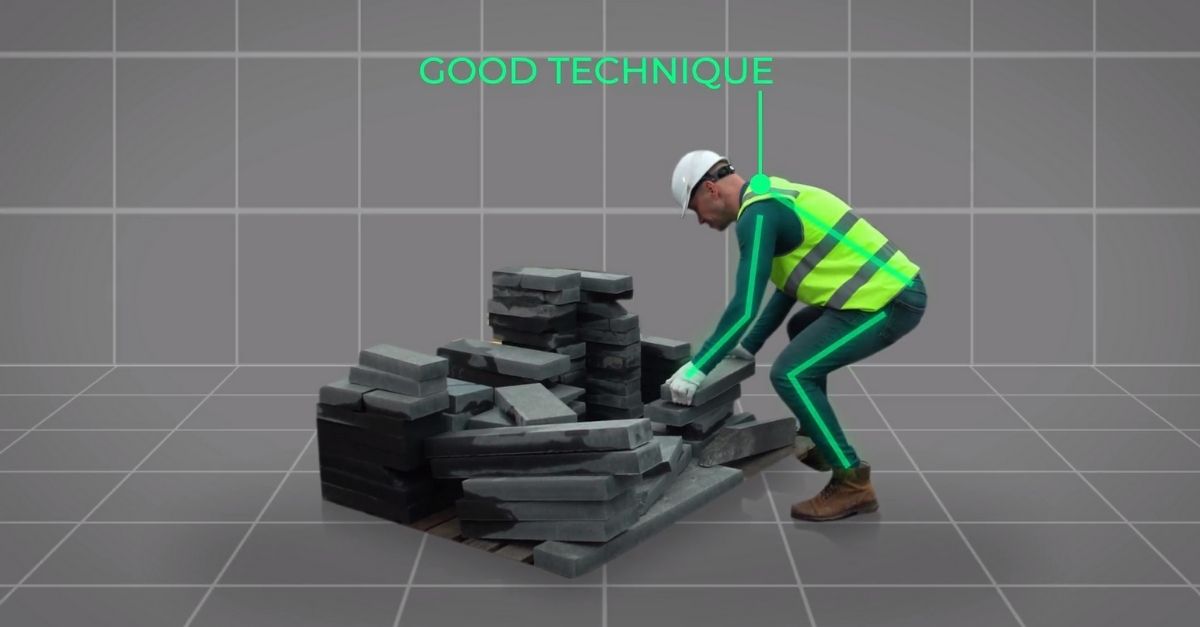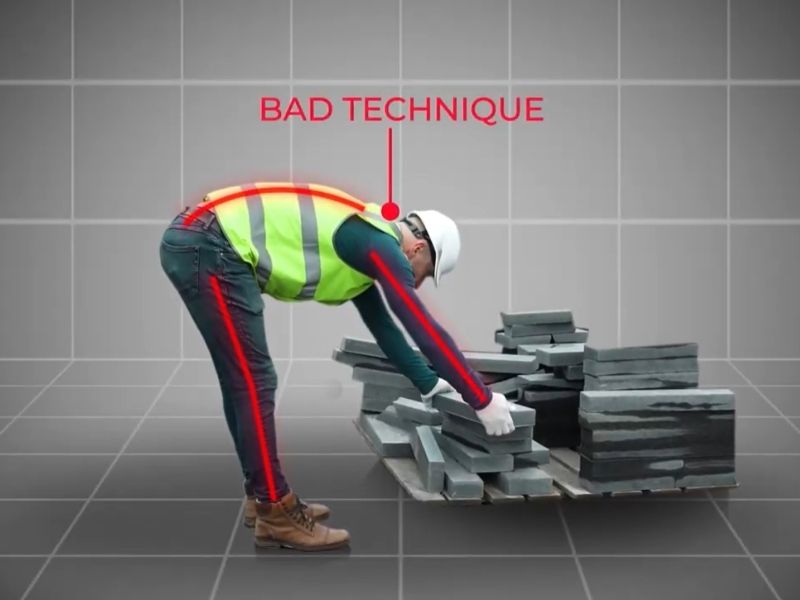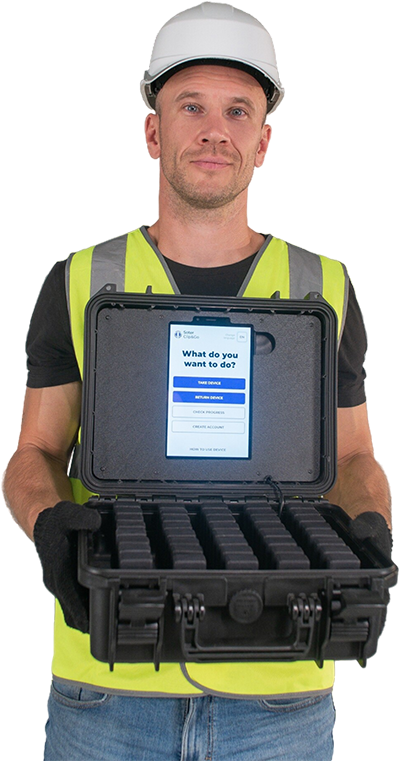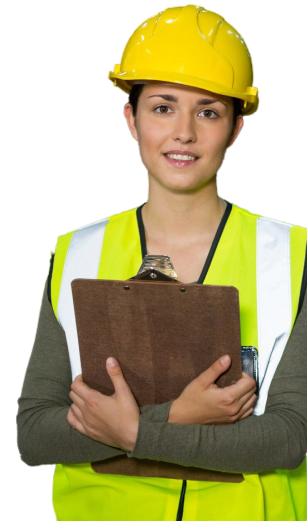Building the Intensity Model
Traditional workplace safety standards specify what ‘typical’ humans can withstand. In the case of ergonomics and manual handling risk, these usually estimate how many higher-risk movements a person should make within a time period and how much weight or force a person should be able to carry out safely.

Traditional workplace safety standards specify what ‘typical’ humans can withstand. In the case of ergonomics and manual handling risk, these usually estimate how many higher-risk movements a person should make within a time period and how much weight or force a person should be able to carry out safely.
These limits are created for all humans as if we are equal in size, strength, fatigue, stress level and injury status. They do not consider if one person is a weightlifter or another has a fused spine.
This was the driving factor behind building what is known as our ‘Intensity Model’. We believed our technology would provide a more personalized approach to the existing standards.
How were the Algorithms Created to Distinguish a Movement as Unsafe?
Our team of doctors, ergonomists, technical engineers, data scientists and movement specialists conducted a 2-year study. The intensity model was conceptualized and built based on an individual’s natural movements and synthetic movements. Over 10,000 high intensity and low intensity movements were recorded, and the device was taught to distinguish them.
 Bad lifting technique
Bad lifting technique
What Factors Contribute to Movement Intensity?
The Soter device does not measure the weight of objects but rather the intensity of a movement – the movement is defined as highly intensive when a person finds it physically difficult to perform.
In many cases it contributes to working with a high load
If a large load is carried, even a small amount of bending can lead to injury, since fibres of the discs are much less tolerant to load at this position
Jerky and fast movements are also defined as high intensity
Fast extension movements create a larger window during which the spine is exposed to instability and injury because of lack of muscle forces
Physical conditions such as fatigue, stress or disease can dramatically lessen the weight that can be lifted safely, and this may also be measured as high intensity
How Does it Work?
Every time a person makes a movement (e.g., lifting an object) the Soter wearable device collects high-frequency Inertial Measurement Unit (IMU) data. This data is fed into a neural network which, based on our 2-year study, is trained to understand if the person finds the particular movement difficult or not.
The Soter devices measures things like the:
Speed of a movement
Jerkiness of a movement
Angle of the back when the movement has been completed (some people lean forward because the object is heavy, others lean back to compensate for the weight)
And 29 other complex features…
Based on the above measurements, through machine learning, the intensity model continually self-learns to calculate how the worker’s risk is adjusting and is able to spot when a worker is:
Becoming fatigued
When objects are stored in a way that makes the movement more awkward
When an object is too heavy based on the above indicators
It is able to estimate:
How much rest is required to allow the body to recover
Conclusion
At Soter Analytics, we’ve built a system that self-learns and gives personalized feedback to each individual worker, helping them avoid the movements that might increase their own risk of injury.
This is a step-change improvement from traditional standards that only estimate weights that people can safely move but completely ignore a person’s inherent strength & fatigue.
The Soter Intensity Model is able to provide specific insights to workers & their employers – it’s a step change in measuring the capability of humans and calculating how much we can endure.
About Soter Analytics
Soter Analytics is a global safety science company producing AI-supported wearable solutions that reduce the risk of ergonomic injuries in the workplace. Soter wearables are widely used in logistics, manufacturing, healthcare and other industries, helping leading companies to prevent up to 55% of back & shoulder musculoskeletal injuries.
To see how Soter Analytics can help you improve safety behaviour, engage employees to self-manage their training and prevent workplace ergonomic injuries, simply Book a FREE Demo today.


